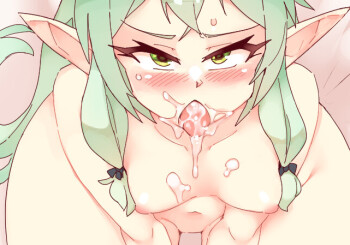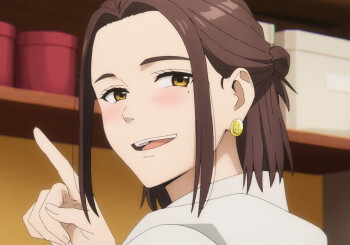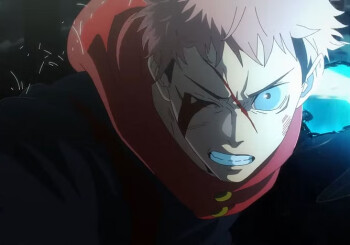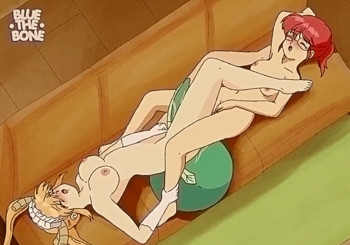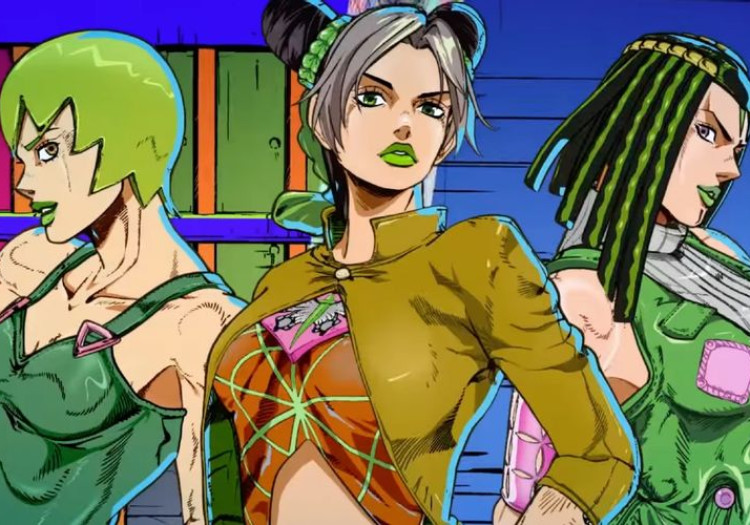
Since the first twelve episodes of Stone Ocean dropped, JoJo has became the #1 show on Netflix in Japan and #6 in the US, proving the series is bigger than it's ever been before. Up until David Productions first got a hold on the franchise in 2011, the most people in the west knew about JoJo came from the 1998 Capcom fighting game based on Stardust Crusaders. Since then the anime has covered 13 years of manga volumes, and it's about time the series' strangest and most divisive part is finally getting some love.
Originally starting in 2000, Stone Ocean is the first and only part with a female protagonist: Jotaro's angsty daughter and convicted murderer Jolyne Kujoh. It's not just Jolyne's looks that set her apart from the rest of the Joestar bloodline but her attitude. Like her dad she's resourceful in a fight but not afraid to get ruthless if the need arises. She's also the horniest JoJo so far, talking about masturbation so much you can just imagine Jonathan shaking his head in heaven.
A JoJo is nothing without a ragtag crew of ambigous gender and sexuality tagging along, and Stone Ocean's diverse and dysfunctional bunch of JoBros is probably my favorite. Within Green Dolphin Street Prison, Jolyne enlists the help of a spicy Latina repeat offender that knows her way around block, an autistic amnesiac with weather powers, a colony of plankton in a dead prisoner's body, a simp with hot pink hair and fishnets and a kid born in the prison with the power to jump into ghost rooms. Only in JoJo does this begin to make sense and even then it gets weirder the more you think about it, much like their stands.
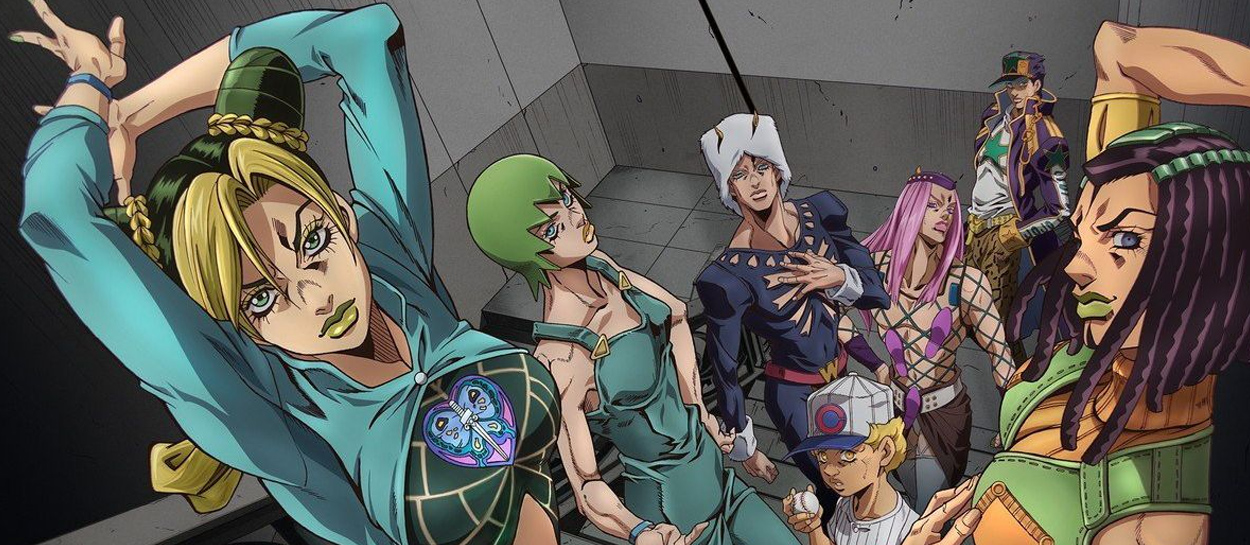
And where would JoJo be without stands? By this point they've come a long way from spirits that punch fast. Stone Ocean stands tend to use passive area effects rather than direct attacks, which leads to some truly batshit moments like Jolyne's cellmate Gwess and her shrinking/petplay kink, or the keychain drone that a blind guy uses to reflect sniper bullets. A lot of the weirder ones got a bit hard to follow in the manga, but David Production's brilliant sound design and stellar animation make them much more interesting in motion. CG is used noticably more often than in earlier seasons but never too much; mainly on stands during fight scenes and it does add to the bizarre factor at least.
The color palettes are as striking as you'd expect and the music is on par as always. Like Giorno, Josuke and Jotaro before her, Jolyne's kickass battle theme is destined to be memed, but that's not even a bad thing because of how groovy it is. The new OP is suitably rebellious and fitting of Jolyne's personality, while Duffy's Distant Dream as the ED is testament to her desire to break out of prison and see the world again. In fact, other than a few minor scenes cut from the manga like Jolyne meeting a visibly trans inmate, the only real complaint I have is you can tell DP skimped out on the background characters. But I can forgive that since they put the budget toward things that really mattered, like Gwess singing the Dolly Parton song Jolyne got her name from.
Stone Ocean was slept on when it was first published because Japanese boys who read Shonen Jump couldn't relate to the foreign setting and largely female cast, but now that the story is being brought before a worldwide audience with the same love and care as the previous parts it's getting a new wave of appreciation from JoJo fans old and new. These 12 episodes only cover the first 1/3 of the story, so we've still got a lot left to see from Jolyne as she tries to recover her dad's CDs from a gay priest. And if you thought what we've seen so far is bizarre, wait until you see Limp Bizkit in action.
What about you guys? Have you checked Stone Ocean on Netflix yet? Have you read it before? How would you compare it to the rest of JoJo? Let us know in the comments!


